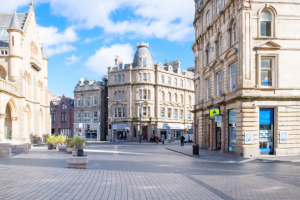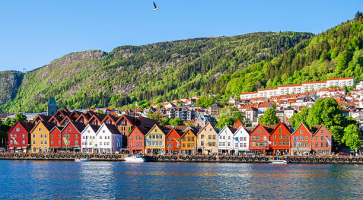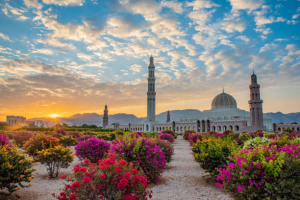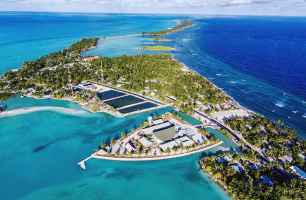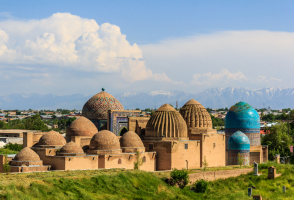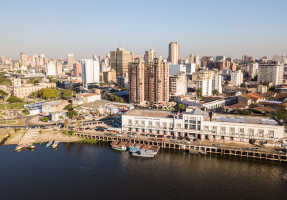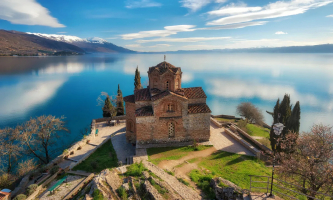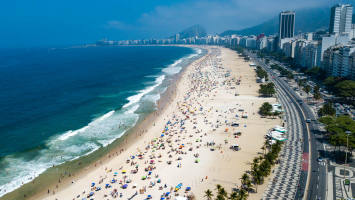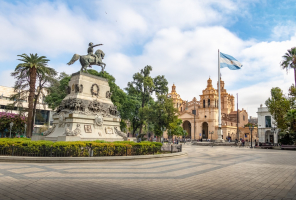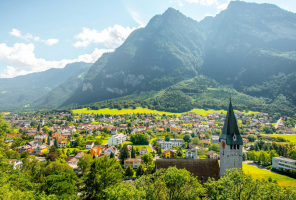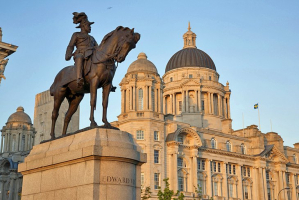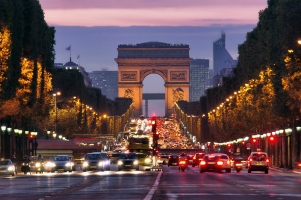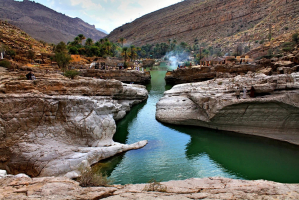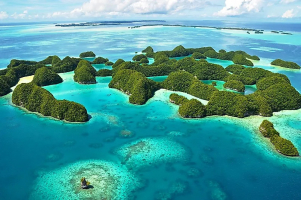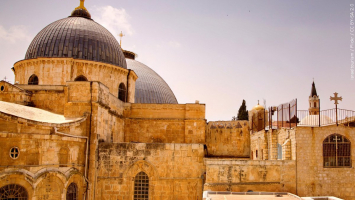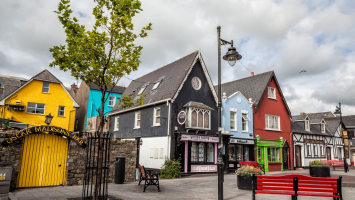Top 8 Reasons to Visit Malaysia
Malaysia is a unique nation that has it all to offer, from shoes to spas, mountains to islands; for the young or old, adventure seekers or sun seekers. There ... read more...is never a dull moment for the curious traveler in this place, which is steeped in history and rich in culture. A natural respite is never far away from the bustle of metropolitan high fashion, fashionable hotspots, and modern food. A trip to one of Malaysia's numerous spa or rural resorts is a necessity, whether you prefer white sand beaches or highland rainforests. There is something here for everyone as Malaysia truly prepares to wow you. Some people prefer it to be lavish, while others prefer it to be organic. Here are many reasons to visit Malaysia if you have planned a trip here.
-
Over the course of centuries, numerous Asian ethnic groups have settled in Malaysia, creating unique fusions that are distinct from their native cultures. Additionally, the country's economy has continued to diversify as a result of increased globalization through imports from around the globe. A beautiful living atlas is created by the harmonious expression and celebration of each culture. That is one of the various reasons to visit Malaysia.
Due to Malaysia's diversity of races, you will encounter multicultural elements everywhere you turn. Compared to other smaller cities in the nation, Kuala Lumpur is where it is most noticeable. It is most obvious in terms of food, according to some. You are in the right place if you enjoy the cuisine. One of the best places to eat a wide array of Malay, Chinese, Indian, and other cuisines is undoubtedly Kuala Lumpur.
Malaysia's culture is incredibly distinctive. People from many beliefs and backgrounds get along well, appreciate one another, and coexist peacefully. The end result is an amazing fusion of people, food, traditions, and culture. The majority of Malaysians do not accept rudeness or lack of manners, despite the fact that they are generally quite joyful and upbeat people. In the country, manners are crucial, therefore always use the words "thank you" and "excuse me" when speaking to others. The locals can be shy and introverted like most Asians do. You can occasionally be fortunate to run into an opinionated individual with whom you can have an intelligent conversation about global or Malaysian issues. When you tell them how beautiful Malaysia is, they will beam.
Be prepared to take off your shoes and wear conservative attire if you plan to visit a Malaysian private residence or the majority of Malaysian houses of worship. Additionally, you must refrain from talking in front of others at places of worship. Although there is a significant difference in how exposed Malaysian cities and their rural areas are to foreign cultures, if you dress conservatively when leaving the cities and tourist destinations, you'll find that Malaysians are fairly understanding of any other faux pas.
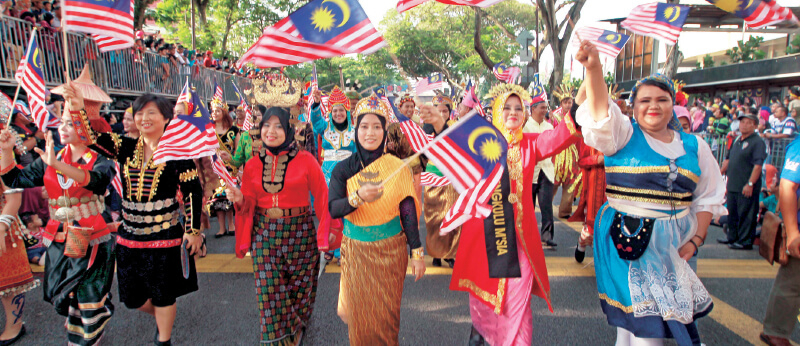
https://www.nst.com.my/ 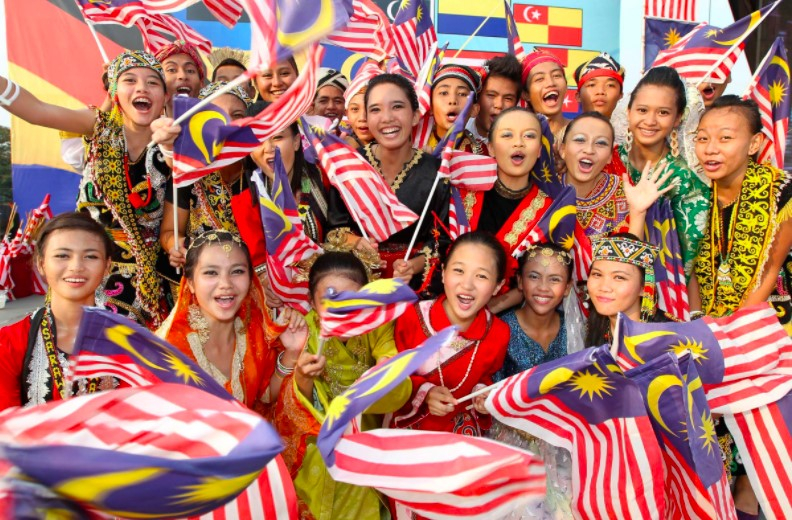
https://www.nst.com.my/ -
Due to the wide variety of cultures that have settled in Malaysia, eating dishes that reflect their own characteristics and specialties has emerged as one of, if not the, highlights of a visit. Malaysia was a designated stop on the world's spice trade route even in antiquity. In order to create a unique flavor that can only be found here, local foods combine flavors from all across the known world. Food from all over the world is still able to pass through this global intersection, so having an Indian breakfast, a Nyonya lunch, and a Korean dinner is entirely feasible.
The three main ethnic groups in Malaysia—the Malays, the Chinese (most of whom came from the eastern coastal regions of Guangdong and Fujian), and the Indians—all have distinct culinary traditions that are typically reflected in the cuisine of Malaysia today (who mostly migrated from Tamil Nadu).
Here, fusion cuisine is a way of life. What constitutes "local" or "Malaysian" food in Malaysia can be hotly debated because the country's cuisine draws inspiration from so many different places (even before the advent of social media). Tom yam is an effective contrast. Although this spicy and sour soup is well-liked in Malaysia, it is largely known that it originated in Thailand. But many of the other dishes on this list are also well-liked regional dishes in Singapore, Indonesia, and Brunei, which are close by.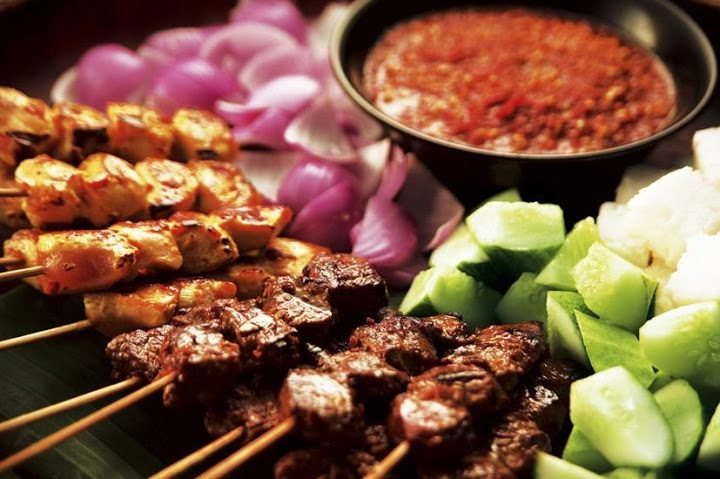
https://theculturetrip.com/ 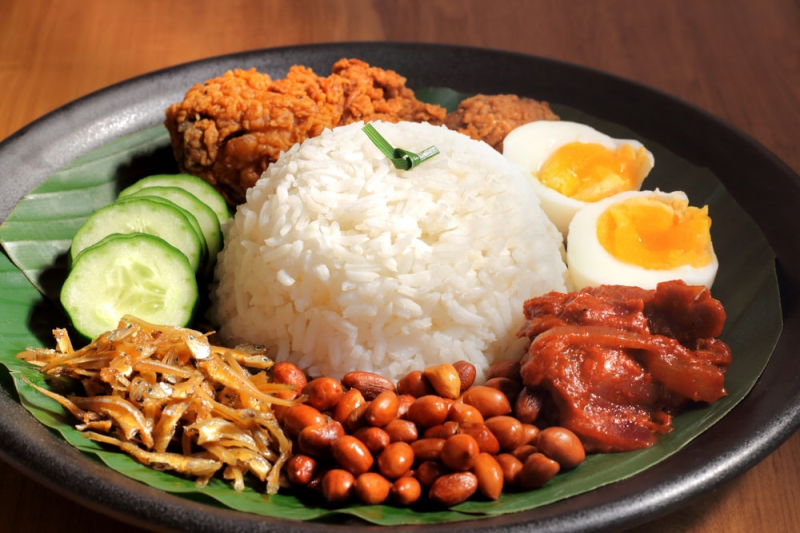
https://theculturetrip.com/ -
Malaysia is home to some of the oldest and most lushly green rainforests in the world, as well as rare animals and well-preserved national parks. It is one of the various reasons to visit Malaysia. Consequently, everybody visiting this country should try jungle trekking (even for a short stopover). These treks are intended for beginners who wish to get a taste of the thrill of trekking while spending time in the great outdoors.
Pahang's Cameron Highlands are located there, rising between 1,600 meters (5,249 feet) and 800 meters (2,625 feet) above sea level. Since colonial times, tourism has been fueled by the lower air temperature as visitors swarm to escape the oppressive heat of the lowlands. There are hiking trails that wind across the hills, providing some of Malaysia's most comfortable forest hikes. Visitors can choose from trails that range from short, leisurely strolls through tea plantations or the jungle to strenuous treks to waterfalls or climbing Mount Berembun. For their first trekking experience in the rainforest, novice hikers who aren't used to the heat and humidity can think about going to the Cameron Highlands.
Visit Templer Park in Rawang, Selangor, about 25 kilometers (15.5 miles) north of Kuala Lumpur for a more approachable jungle hike. Templer Park offers simple hiking routes that pass by crystal-clear streams and multi-tiered waterfalls. It was named after a former British High Commissioner in British Malaya. The majority of routes take one to two hours to complete. In addition to hundreds of monkeys, lucky visitors might also witness eagles, lizards, and several species of birds. Pro tip: Combine a day trip to Templer Park and Batu Caves, which are both located a few kilometers to the north.
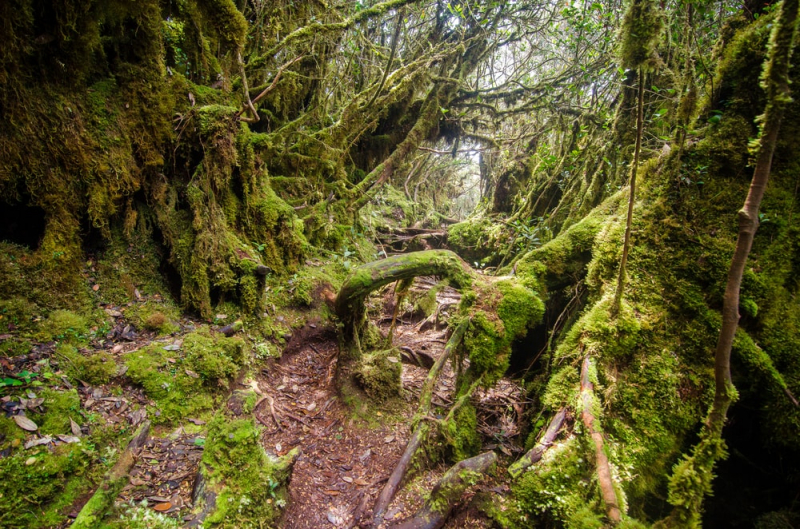
https://theculturetrip.com/ 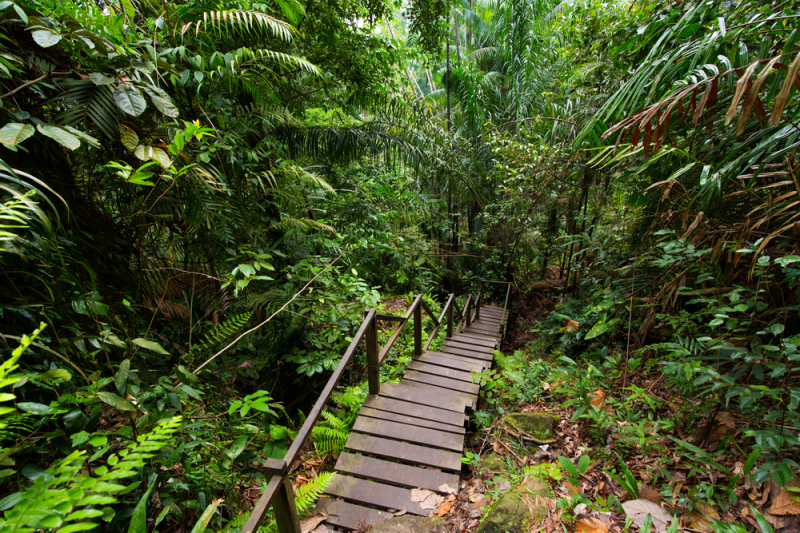
https://theculturetrip.com/ -
The low cost of items, whether they are edible, wearable, or just for display, is one of Malaysia's attractions. The distinctive day and night food markets, which are visited by people from all socioeconomic classes and income levels, offer fascinating insights into locals' daily lives in Southeast Asia. Find everything for an absurdly low cost, but watch out for imitations. The inexpensive cost of items is one of Malaysia's pleasant surprises. Be careful of the knockoffs when shopping for day and night meals, inexpensive devices, and clothing, because these are all aspects of the Malaysian experience.
The renowned Central Market in Kuala Lumpur began as a wet market in 1888 and is currently a chic art deco shopping district. The Central Market is a great place to go if you want to appreciate the heritage and culture of Malaysia because it is known for its high-quality goods that can be purchased for reasonable costs. Each of the market's several zones, which each symbolize a distinct culture, is separated into smaller sections. Basically, Lorong Melayu has Malay stalls, Lorong China has Chinese booths, and Lorong India has Indian vendors. On Art Lane, you may also find some amazing artworks for less money, which is a nice treat while doing some cheap shopping in Kuala Lumpur!
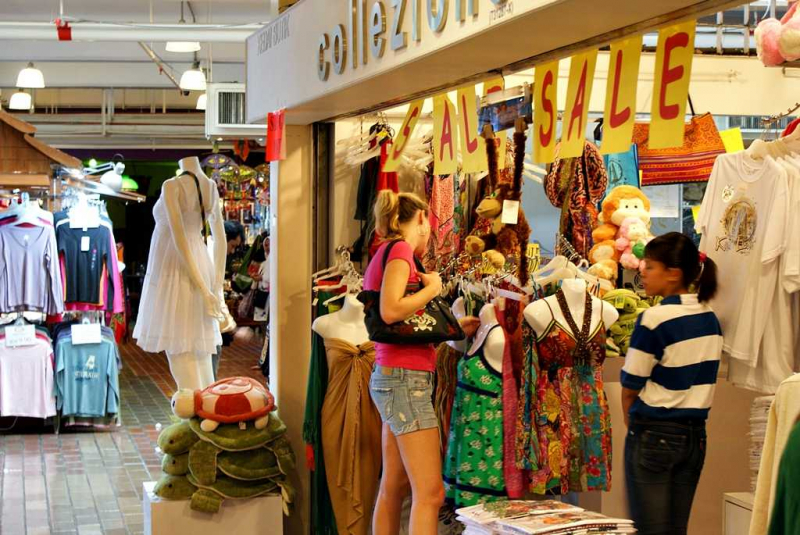
https://www.holidify.com/ 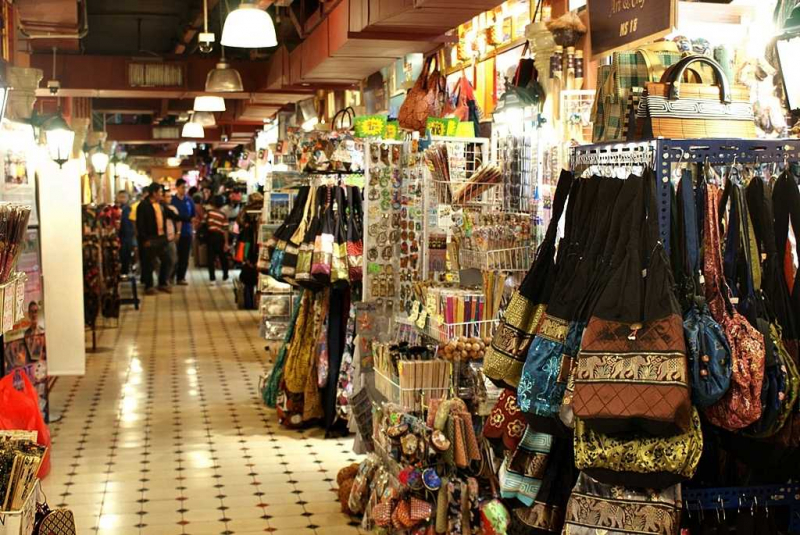
https://www.holidify.com/ -
The weather in Malaysia is extremely unique, which is one of the various reasons to visit Malaysia. Being so close to the equator, the nation experiences unique tropical humidity that is a combination of intense heat and abrupt downpours. While some people would find this weather pattern intimidating, it actually adds to its appeal. Discover the diverse climatic regions of Malaysia, from the scorching heat of the urban jungle to the ideal strawberry-growing temperature of the Cameron Highlands to the stunning seaside weather.
The entire country of Malaysia, which is located between 1° and 6°N, has a typical equatorial climate, with hot summers and damp winters. At higher elevations, temperatures are substantially cooler, ranging from 15°C to 25°C, whereas temperatures at sea level range from 21°C to 32°C. Rainfall varies between 2,000 to 2,500 millimeters each year.
In Malaysia, you can go on a beach vacation any time of year because the east and west coasts have their wettest months at different times of the year. Thunderstorms are common in the afternoons during the wet season (Apr-Oct) on the western side of the peninsula, but they are typically brief, and the occasional downpour is a welcome way to lower the humidity. However, due to its propensity for a longer wet season, the east coast is best avoided while it rains (Nov–Feb). Many beach resorts close during these months and reopen in March.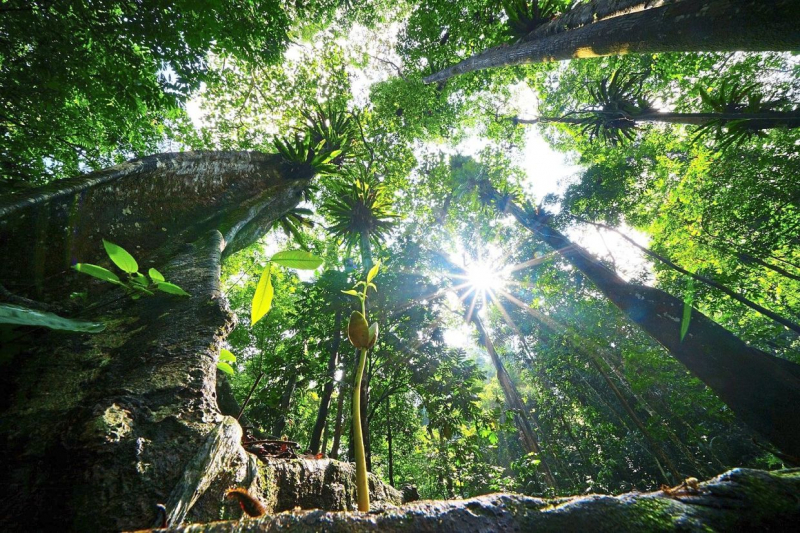
https://cleanmalaysia.com/ 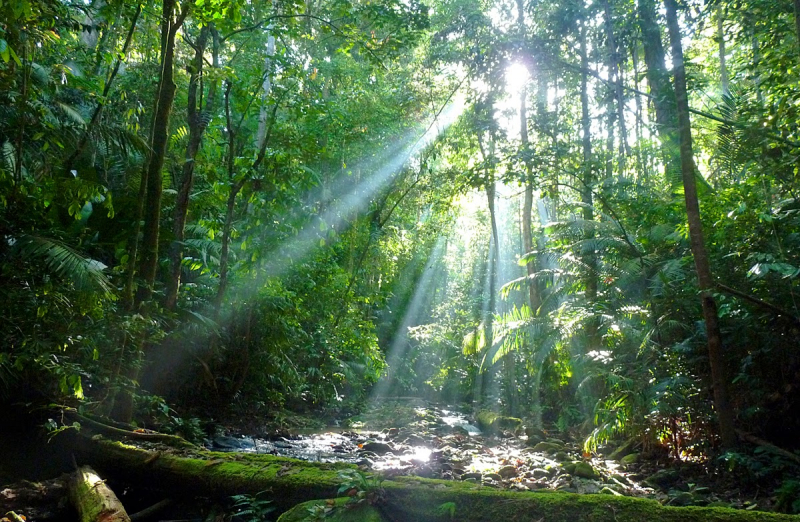
https://cleanmalaysia.com/ -
Within Malaysia's borders lie some of the most intriguing natural sculptures in the world, including the Quartz Ridge in Klang and the Kinabalu peak in Sabah. Get ready to tick hiking the most incredible limestone crags off that bucket list; both are incredibly popular destinations for hikers and mountain climbers from all over the world.
The most natural wonders in Malaysia can undoubtedly be found in Mulu National Park in Sarawak, a well-known national park in Sarawak. The vast park, which has a surface size of 526 square kilometers, was established in 1974. Visitors come here to witness Deer Cave, the world's largest cave passage, where you can view Abraham Lincoln's silhouette from within the cave at an angle. Visitors gather just outside the cave in the late afternoons to observe millions of bats flying out of the caves. One of Malaysia's best natural experiences, it is truly a sight to behold. The Mulu National Park also offers the famous limestone pinnacles of Mount API. Though it is beautiful, in reality, visitors need to trek there and back in three days. It is not a commercial tourist spot where you can see it in half a day.
Given that the front is artificial, it is the inside of the cave temple that has earned Batu Caves in Selangor a spot on this list of the top natural sites closest to Kuala Lumpur. British explorers first came to Batu Caves in the late 1800s, and a temple was later erected there for religious purposes. One of Malaysia's most famous natural attractions throughout the past century is Batu Caves. The exterior of the caverns was beautified by the committee as part of a significant renovation that took place in 2018, as seen in the photo above. However, the region of the cave temple contains natural beauty.
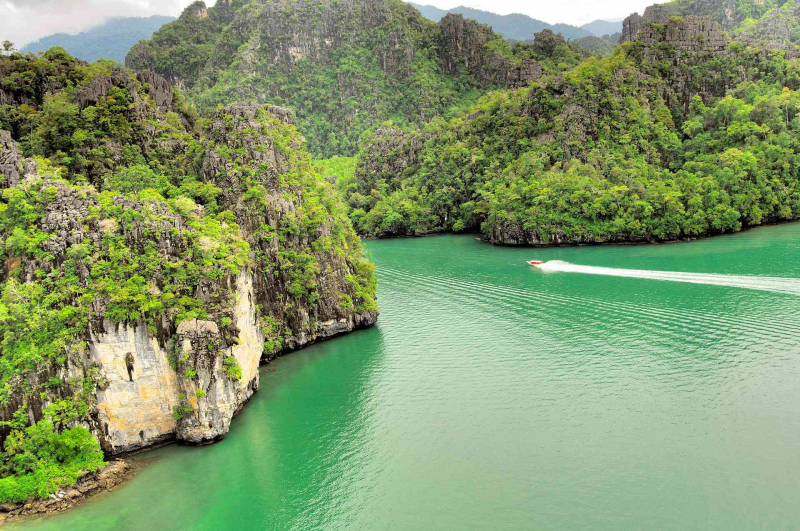
https://www.tripsavvy.com/ 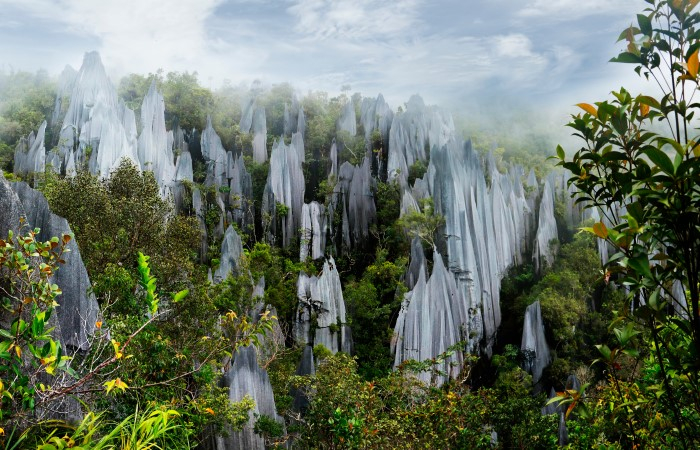
https://www.tripsavvy.com/ -
Given that Malaysia is a megadiverse nation, its fauna is diverse. A vast variety of plant and animal species can be found in the rainforest that covers the majority of the nation. Malaysia is home to 250 reptile species, 150 frog species, 361 mammal species, and 694 bird species. With the nation's coastal waters making up a portion of the Coral Triangle, its vast marine region also supports a wide variety of species. According to estimates, Malaysia is home to 20% of all animal species in the world and has some of the planet's most biodiverse landscapes. Due to lowland forests' isolation of populations, high degrees of endemism can be observed in the various forests of Malaysian Borneo's mountains. It is one of the many reasons to visit Malaysia.
The rainforests of Malaysia are home to some of the strangest and most fascinating fauna that isn't found anywhere else. Explore the rain forest and look for exotic animals like the tapir, the binturong, and the elusive pangolin to relive an evening spent viewing Borneo-based nature documentaries. To learn more about the local flora and fauna from specialists and conservationists, visit the National Zoo or one of the animal reserves for a more convenient alternative.
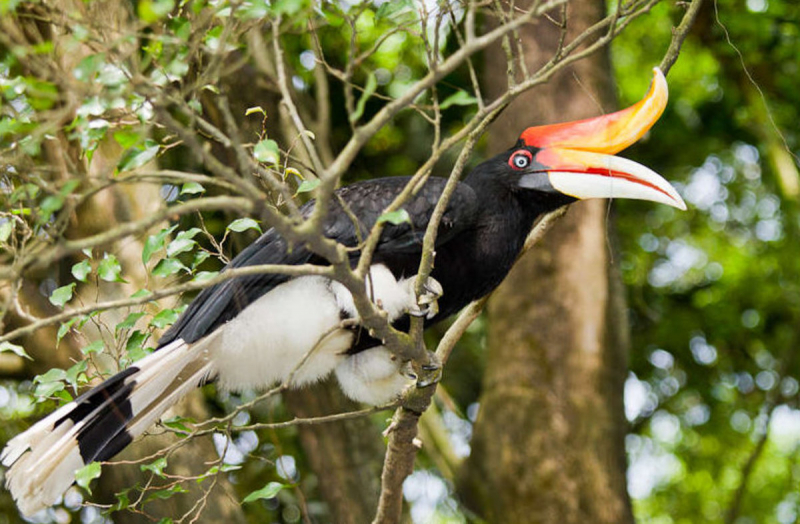
https://wanderwisdom.com/ 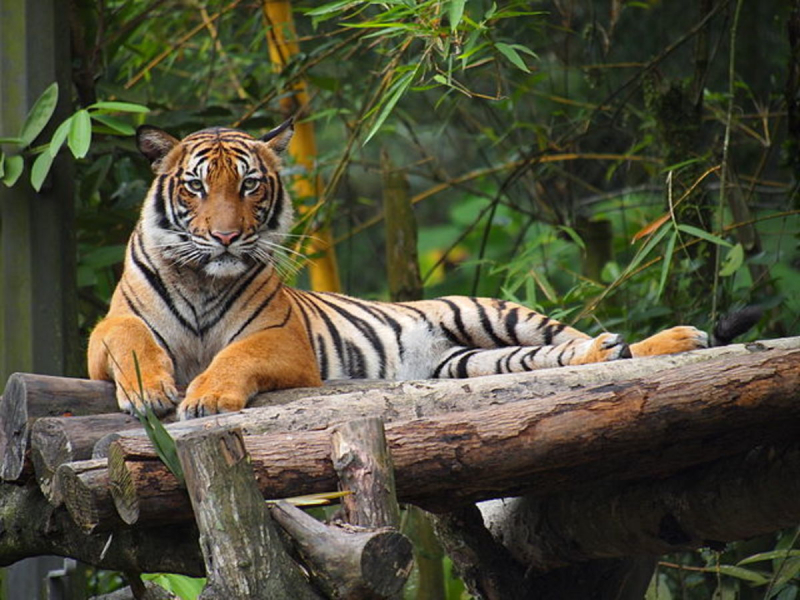
https://wanderwisdom.com/ -
The celebrations for each major event reflect the diversity of cultures and religions. In perfect harmony, Malaysia's diverse races gather together to enjoy each other's holidays. Representatives of various ethnicities will swarm a Ramadan nighttime market, anxious to gorge themselves on the many Malay Muslim dishes. With their visits to their Chinese peers' open houses to collect ang pau packets and take part in the tossing of yee sung salad to bring in prosperity and good wishes, Indian and Malay friends will make Chinese New Year lively. Do not be concerned about scheduling a visit during the busy holiday seasons; it is definitely a sight to behold.
Thaipusam, a traditional celebration of the Tamil Hindu community, honors the triumph of good over evil. Thaipusam, which commemorates Lord Muruga's victory over the wicked demon Surapadman, is observed in Kuala Lumpur in Batu Cave. On the grounds of the temple, folk songs are sung, traditional dances are performed, and lengthy processions are staged. In order to appease the Lord and carry a Kavadi (ceremonial mini-hut), worshippers pierce their mouths, cheeks, and other body parts with enormous spears, hooks, and lances. This is one of Malaysia's most bizarre festivities.The celebrations for Chinese New Year, one of Malaysia's biggest festivals, last for a full two weeks. The entire city is decorated in red and gold, and parades frequently feature the traditional lion and dragon dances. To banish dust and ill luck, households are cleaned; in temples, prayers for prosperity and good fortune are said; and ceremonial drums are banged to ward off evil spirits. A must-see at this festival in Malaysia are the nightly firework displays!
At the Malaysia Water Festival, a month-long joyful extravaganza along the numerous beaches of the nation, surfers and children play on the shore. This Malaysian festival is a must-visit if you want to have some coastal fun because it offers a variety of activities, including kayak sprinting, sandcastle building, fishing, and many more. It's astonishing to see the enormous, world-record-breaking sandcastles!
https://sevenpie.com/ 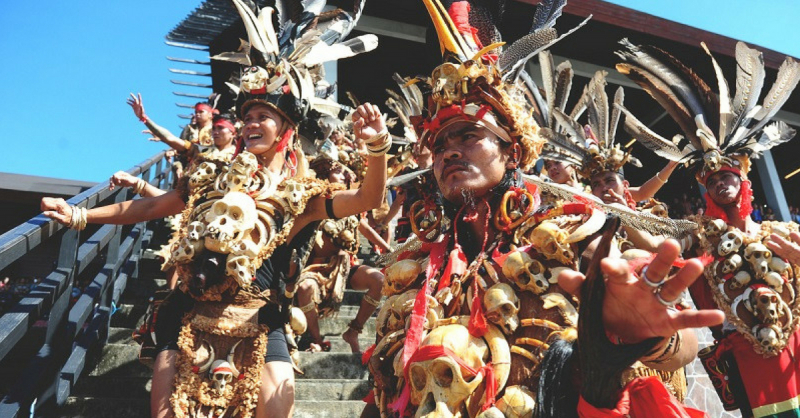
https://sevenpie.com/











